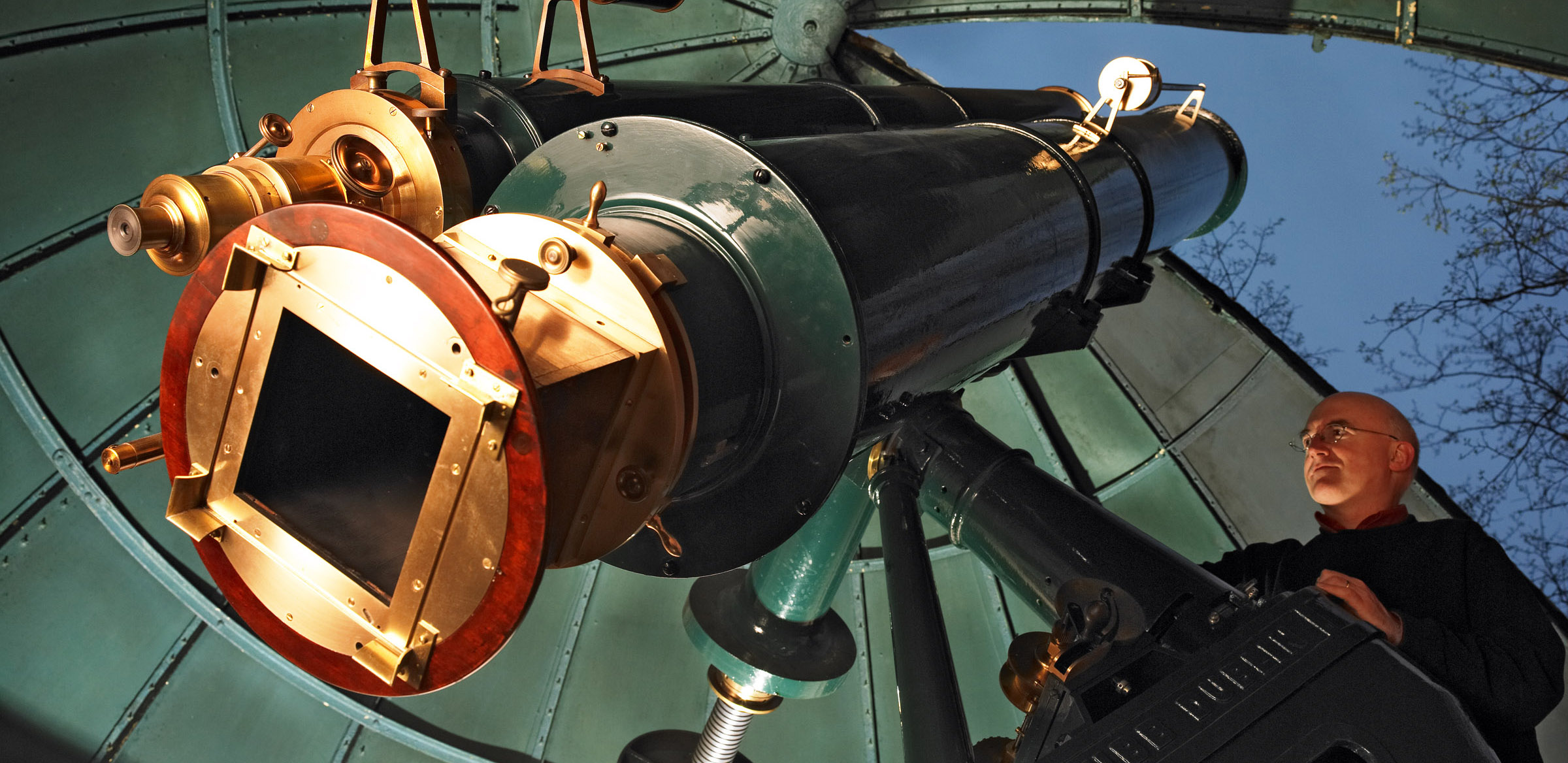The Irish role in Einstein’s defining discovery

One hundred years ago today (May 29), a total eclipse of the sun in 1919 provided the first evidence in favour of Einstein's theory of general relativity, and Ireland played a forgotten role, Professor Paul Callanan, Physicist at University College Cork explains.
A few years before 1919, Albert Einstein had predicted how matter could bend the space around it, generating what we experience as gravity. But Einstein's predictions had to be tested, and it was decided to take pictures of the Sun during a solar eclipse, to see how the light from distant stars was affected as it passed as close as possible to the limb of the Sun. So, two expeditions set off from England to obtain images of the Sun during the 1919 solar eclipse - one to an island off the coast of Africa, and the other to a town called Sobral in Brazil.
TUNE IN: 100 years ago today Einstein’s theory of relativity was confirmed, and astronomical instruments developed at our Crawford Observatory played a crucial role.
— UCC Ireland (@UCC) May 29, 2019
After 8am on @morningireland Prof Paul Callanan will remember a defining day in science. #BelieveInScience pic.twitter.com/78QAF79ZtS
It turns out that the most accurate measurements were obtained in Sobral - using Irish made instruments, one by Howard Grubb, who built the instruments in the Crawford Observatory in University College Cork, led by Andrew Crommelin, an astronomer from Cushendun in Antrim.
When the results were finally announced, they made the front page of the New York Times - “Lights All Askew in the Heavens, Einstein Theory Triumphs”- and it made Einstein a household name. It was one of the defining moments in our understanding of how gravity really works.
100 years ago today was a momentous day in global science...and Irish scientists played critical roles. That aspect has gone largely unheralded. Now is the time to rectify matter #BelieveInScience https://t.co/lt3sP6RoBz via @IrishTimes
— Kevin O'Sullivan (@KOSullivanIT) May 29, 2019
The 1919 eclipse occurred exactly 100 years ago today (May 29, 2019).
Recently the world saw the first image of Black Hole. The press release concerning the Event Horizon Telescope image of the black hole last month also mentions this year being the 100th anniversary of a famous astronomical event that occurred in 1919. The image of the Black Hole is very much part of the same journey - but in this case, testing a theory for the space around an object a thousand million times more massive than our own Sun.
The Crawford Observatory in UCC dates from 1880, in a century that was considered a golden age of Irish #astronomy
— UCC Ireland (@UCC) May 29, 2019
In @irishexaminer Prof Paul Callanan outlines a discovery, a 100 years ago today, that shaped our understanding of the universe. https://t.co/dtrsXEZytm
